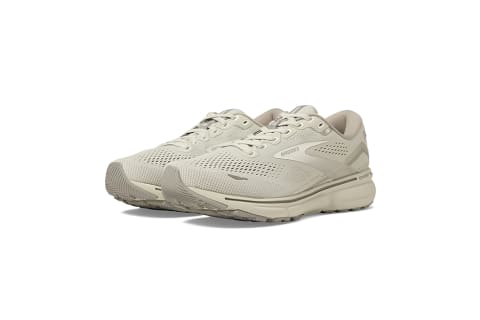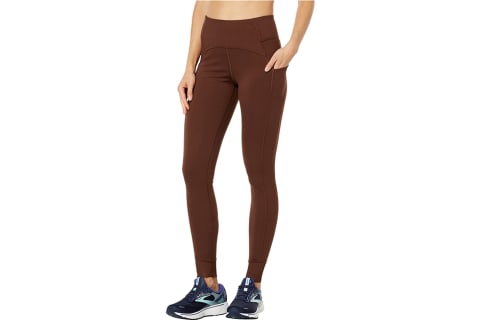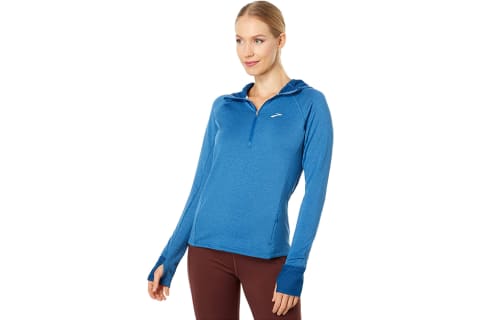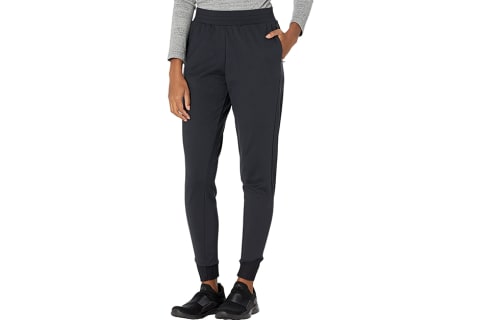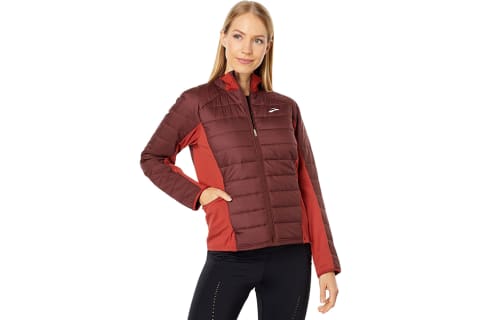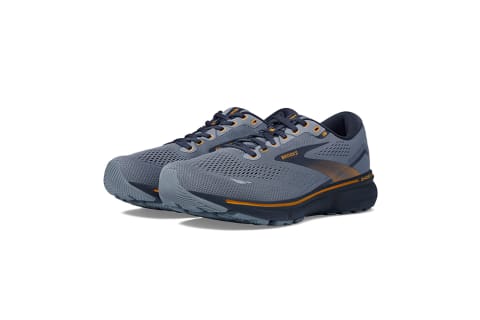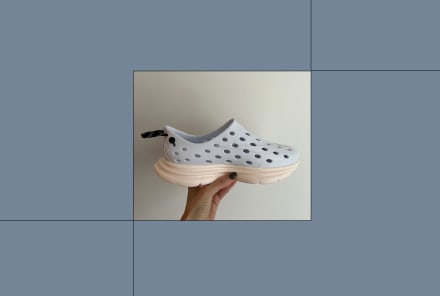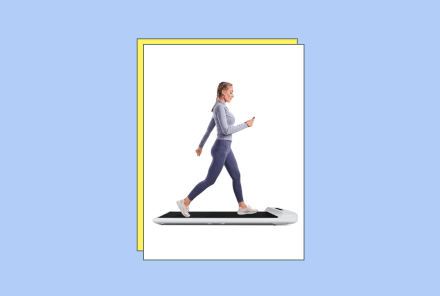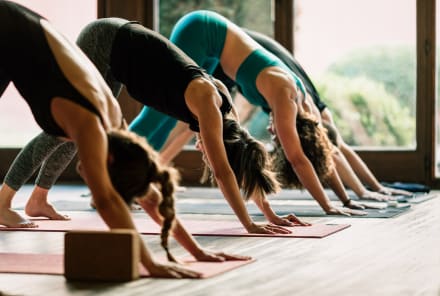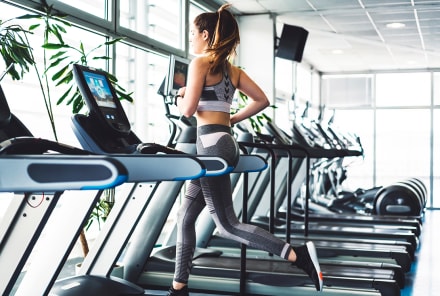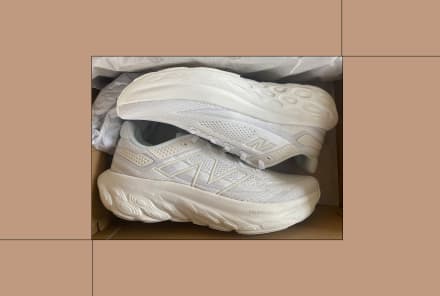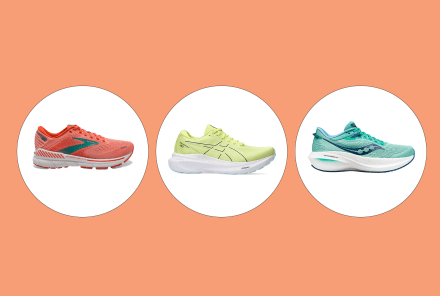Advertisement
Your Guide To Running In Cold Temperatures (And Actually Enjoying It)
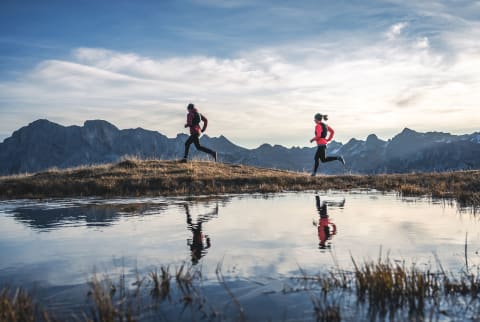
It's already hard enough to run. Add the fact that it snowed yesterday and you can see your breath, and you have a whole gym bag of excuses to stay inside and stream what's new on Hulu. But the thing is—no matter how riveting the docuseries is, you'll always feel better post-run. Sticking to a running routine is one of the best ways you can support your body and mind—and even more so when it's cold outside.
Cold-weather running: It's good for you.
You may think of a cold front as your hall pass, but once you know the many benefits of cold-weather running…you can't un-know them. Coming in first is the fact that cold weather activates brown fat reserves1. Not only does this activation burn more calories, but it also creates healthy metabolic shifts and even helps with appetite regulation. Running in the cold is good for the body and perhaps even more so for the mind. Studies2 theorize that a lower body temperature gives the brain more access to glucose, boosting overall brain function.
The benefits have us sold. And with the right gear and determination, running in cold weather can be as enjoyable as it is beneficial. From answering key questions (how cold is too cold?) to identifying your new favorite pair of running shoes from Zappos—this guide has everything you need to stick to your running routine, no matter the forecast.
Safety first.
We take our fitness goals seriously—and if they require braving the elements, then so be it. There's valor in powering through discomfort, but we also need to stay safe to avoid injury and fuel our passion. So, safety 101: Watch out for ice, or choose a trail that's unlikely to be slick. And how cold is too cold? According to the experts, frostbite can start anywhere below 31 degrees Fahrenheit—and especially on extremities that are normally uncovered when you run, like your nose. Layers may keep you warm, but if the air is below freezing, opt for the treadmill instead.
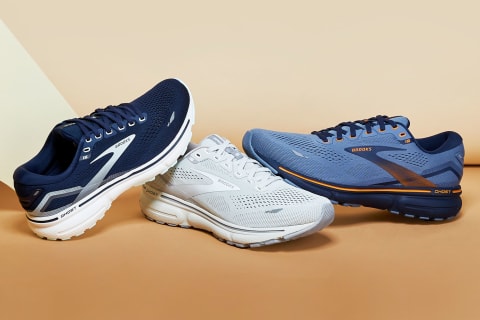
Dress for success.
From the ground up.
The best running outfit always starts with the perfect pair of running shoes—and that's because running asks so much of our feet. For novice and seasoned runners alike, few shoes check all boxes like the Brooks Ghost 15. This neutral daily running shoe is lightweight and comfortable but offers the stability you need for all seasons. It doesn't matter what the thermometer reads, your shoes will make or break your run. So choose wisely.
Love your layers.
How do you make a cold-weather run enjoyable? You dress for the occasion: in layers. Choose a base layer that will wick sweat and dry quickly. In other words: Avoid cotton. The Brooks Momentum Thermal Tights paired with the Notch Thermal Hoodie 2.0 make the perfect outfit for embracing harsher temps. For particularly cold days, layer the Brooks Thermal Pants on top of your tights and seal the deal with the Shield Hybrid Jacket 2.0, an insulated jacket that breathes and moves with every stride.
You may have heard that you lose the most heat from your head—but that's been long debunked. All parts of our body need equal protection against the cold. Keep your head snug with the Brooks Thermal Notch Beanie, but also watch out for cold extremities! Cold fingers and feet may be a sign that your body is pulling heat toward its central organs to accommodate a lower core temperature, making you susceptible to frostbite. When it comes to layering, the more you can keep covered, the better. Just choose materials that breathe.
Don't forget to stretch.
Running outside is all about taking extra precautions—from the clothes you choose to how you move. Naturally, colder temperatures mean it will take longer for your muscles and tendons to warm up, so stretch before you lace up. Mid-run, you'll notice that your body has to be a bit more agile to avoid slipping amid the elements. Because of this, you may use more muscles during a cold weather run than normal—so don't forget to stretch afterward. Here's a gentle yoga flow that can help your body get moving.
The bottom line.
Here's one thing we can promise—when the temps drop, skipping the run will always be the easy out. But if we can stay committed to our routine, the benefits of cold-weather training will reward us for it. Not to mention, we've proved that cold weather can be enjoyable and easy—especially with all the gear you need being just a few clicks away on Zappos. We all know that progress isn't made overnight; it comes from showing up every day. And after this guide, nothing's standing in your way.

